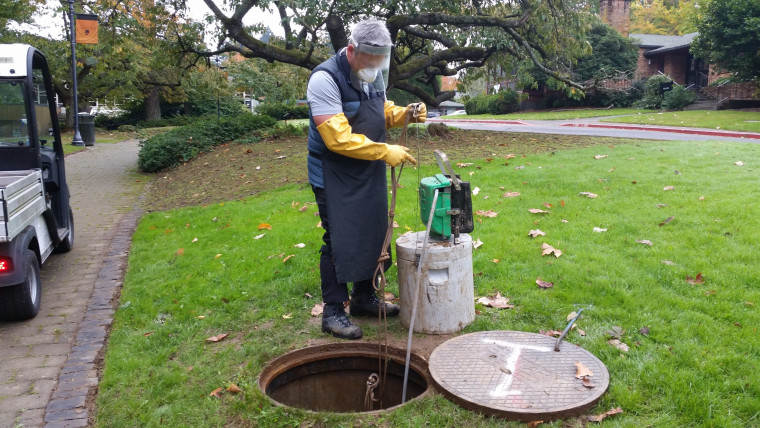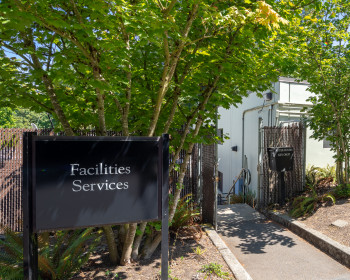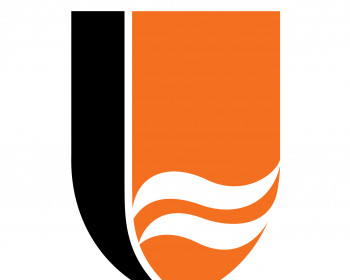Q&A Explains How Effluent Testing Flushes Out COVID In Residence Halls
Open gallery

This semester, Lewis & Clark partnered with Clean Water Services to conduct sewer surveillance–also known as effluent testing. The test helps identify potential hotspots in residence halls because people shed the COVID virus particles in their feces when they go to the bathroom. Lewis & Clark is one of less than a hundred colleges in the United States to have implemented effluent testing.
“Overall, I think there’s a positive attitude towards this testing across campus,” Associate Vice President for Facilities Michel George said. Read the full Q&A with George below.
How is effluent testing done at Lewis & Clark?
We have nine test sites located in manholes that sample all of our residence halls. These sites sample more than one residence hall, and typically each site picks up between 120-240 residents. Our test samples go to a laboratory at Oregon State University, which analyzes the material collected and provides that data back to us within 48 hours, on average.
We’ve found the testing to be good for trending and determining which residence halls to do follow-up testing based on survey results. Lewis & Clark staff meet on a regular basis to review effluent testing results and consider possible interventions to reduce any potential spread of COVID. Routine testing coupled with contact tracing by Ami Hanna allows us to take quick mitigation action.
How often is the water tested?
Currently we pull two 24-hour samples each week. Our staff set the samplers every Monday and Thursday morning. Auto samplers take samples every hour for 24 hours. Our staff picks up samples Tuesday and Friday afternoon and sends samples to the lab. Lab results are returned to us electronically Tuesday (from our Friday sample) and Friday (from our Tuesday sample). Currently samples are sent to OSU for testing, but they will soon be read by Cleanwater. This will speed the sampling process up by 24-36 hours.
What services does CleanWater Services offer?
They’ve been great to work with. They procured equipment, developed sites along with our Facilities staff, trained our staff to conduct testing, pick up samples and deliver to the lab, and provide us data maps and information, as well as technical information when needed, and help us maintain the equipment if our staff run into issues.
Overall thoughts?
It’s been an interesting project as this is an emerging field of testing that we’re all trying to understand. Effluent testing is limited by sensitivity as well as timing and building user patterns. This sensitivity is the reason why we ask students not to enter residence halls other than their own–and not to have visitors from outside their hall because they may contaminate the sample at that site.
More The Source Stories
email source@lclark.edu

